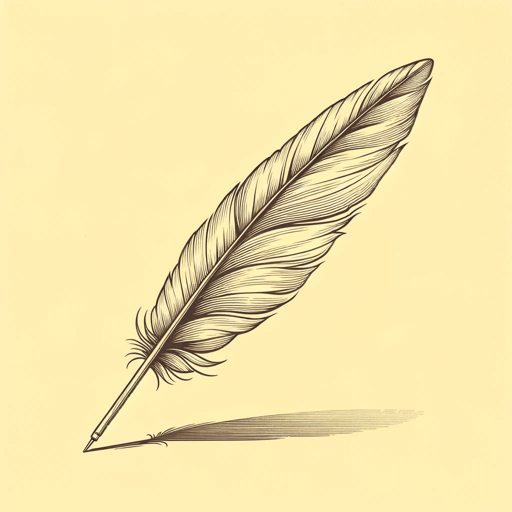18 pages • 36 minutes read
Langston HughesDreams
Fiction | Poem | Adult | Published in 1923A modern alternative to SparkNotes and CliffsNotes, SuperSummary offers high-quality Study Guides with detailed chapter summaries and analysis of major themes, characters, and more.
Summary and Study Guide
Overview
“Dreams” is a poem by the Black poet, fiction writer, playwright, and essayist Langston Hughes, and he published the poem in 1923 in the political journal The World Tomorrow. Although the work is not as famous as Hughes’s other poems like “I, Too” (1926) or “Harlem” (1951), it addresses themes that are common in his work—including maintaining hope, the threat of immobility, and determination in the face of adversity.
Hughes viewed himself as a voice for Black people, and he saw how the racist parts of American society could detach Black people from their dreams and leave them stagnant and unfulfilled. During the 1920s and 1930s, many Black artists expressed their dreams and adversities. As several of the creatives lived in or near New York City’s Harlem neighborhood, the abundance of Black art became known as the Harlem Renaissance, and Hughes was one of its leading figures.
At the same time, Hughes’s legacy transcends the movement. His work has made him one of the most famous authors of Western literature. In Montage of a Dream: The Art and Life of Langston Hughes, the Hughes scholars John Edgar Tidwell and Cherly R. Ragar claim that Hughes’s poetry “established a standard of excellence to which other poets should aspire” (Tidwell, John Edgar and Cherly R. Ragar. The Art and Life of Langston Hughes. University of Missouri, 2007. p. 4).
Content Warning: The study guide discusses racism and mentions sexual assault.
Poet Biography
Langston Hughes was born in Missouri in 1902, and his mother, a frustrated performer, moved to Mexico with his father, leaving Hughes with his grandmother in Kansas. His grandmother didn’t have much money, and books offered Hughes relief from his arduous reality. During school, he excelled in writing, and he enrolled in New York City’s Columbia University in 1921. Soon, he met famous artists like the novelist Zora Neale Hurston; together, they’d make up the Black artist boom that became known as the Harlem Renaissance. The white author Carl Van Vechten was a key ally to Harlem Renaissance artists, and he helped Hughes publish his first book, The Weary Blues (1926). Hughes’s career took off, and he published several collections of poems, short stories, novels, and essays for various publications, including a weekly column for The New York Post.
Hughes presented himself as an unapologetic voice for Black people, stating, “We younger Negro artists who create now intend to express our individual dark-skinned selves without fear or shame. If white people are pleased, we are glad. If they are not, it doesn’t matter” (Als, Hilton. “The Elusive Langston Hughes.” The New Yorker, 2015). Nonetheless, Hughes was often scrutinized by his contemporaries. The poet Countee Cullen thought Hughes’s focus on Black issues reductive, and the novelist and essayist James Baldwin argued that Hughes’s poems simplified the problems facing Black people. When Hughes died in 1967, he was one of the most famous poets in the country, and he could support himself entirely by writing. While his poems directly or indirectly speak to race, his popularity indicates that they also relate to all people, regardless of skin color.
Poem Text
Hold fast to dreams
For if dreams die
Life is a broken-winged bird
That cannot fly.
Hold fast to dreams
For when dreams go
Life is a barren field
Frozen with snow.
Hughes, Langston. “Dreams.” 1923. Poetry Foundation.
Summary
As the title indicates, Hughes’s eight-line poem centers on dreams, and the speaker implores the reader not to let go of their dreams in both of the poem’s two stanzas. First, the speaker claims that “if dreams die” (Line 2), life turns into a bird with a broken wing—a bird that can fly no more. Secondly, the speaker argues that when a person loses their dreams, life becomes an empty, frozen, snow-covered field.
Related Titles
By Langston Hughes
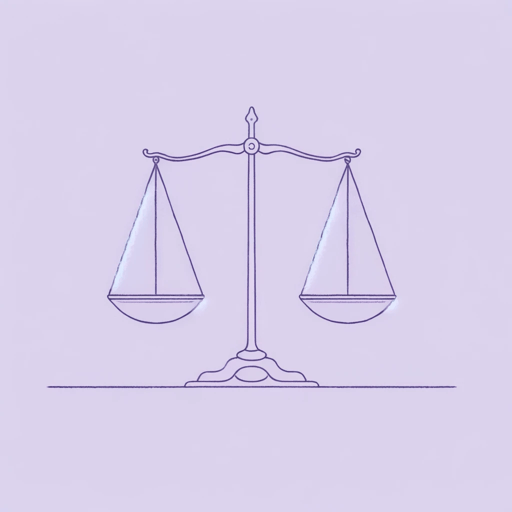
Children’s Rhymes
Langston Hughes
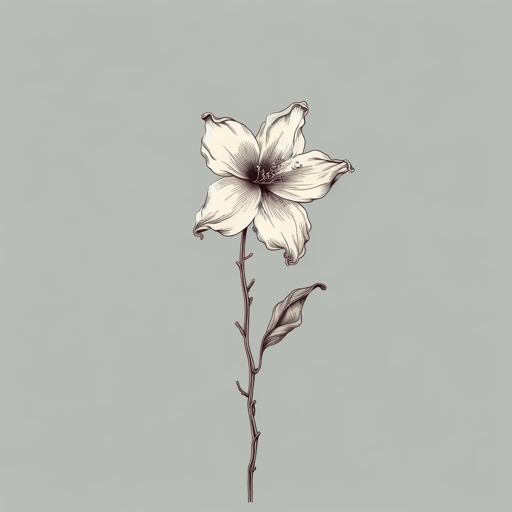
Cora Unashamed
Langston Hughes
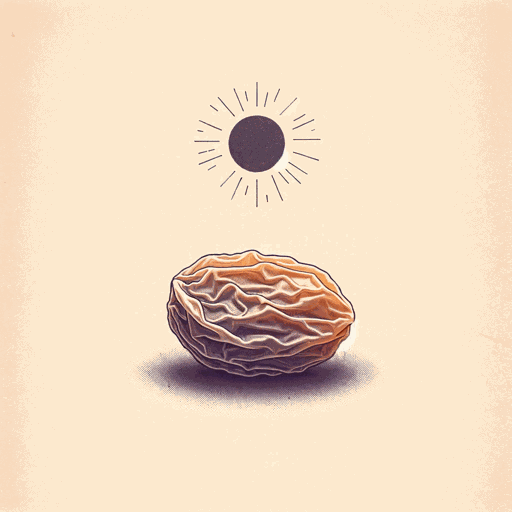
Harlem
Langston Hughes
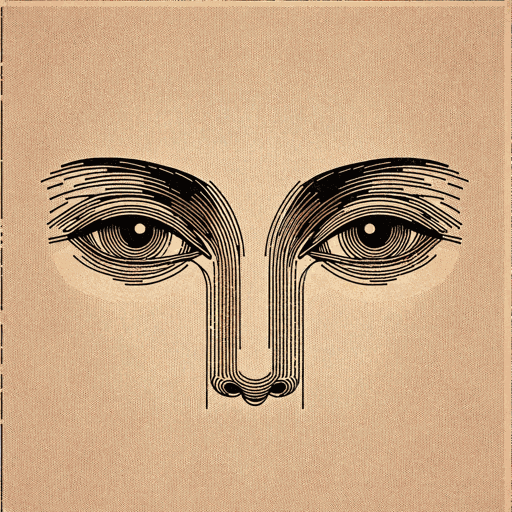
I look at the world
Langston Hughes
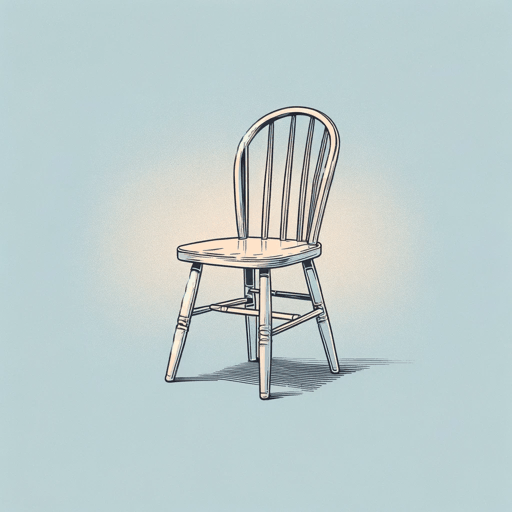
I, Too
Langston Hughes

Let America Be America Again
Langston Hughes
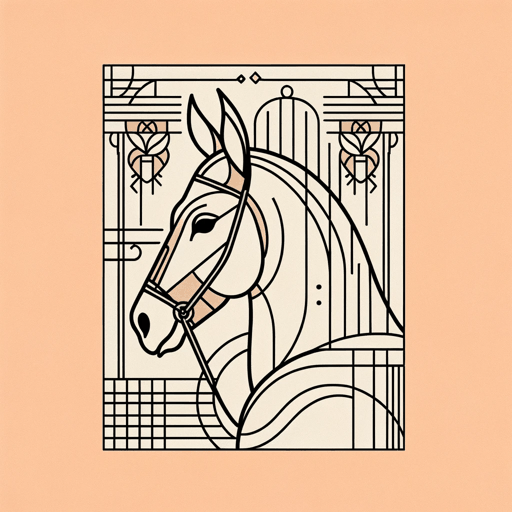
Me and the Mule
Langston Hughes
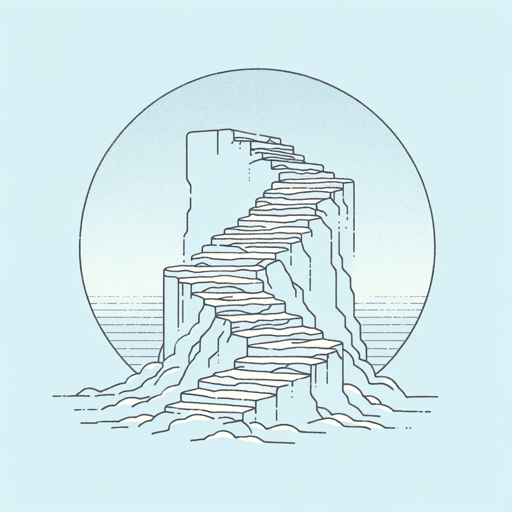
Mother to Son
Langston Hughes

Mulatto
Langston Hughes

Mule Bone: A Comedy of Negro Life
Langston Hughes, Zora Neale Hurston
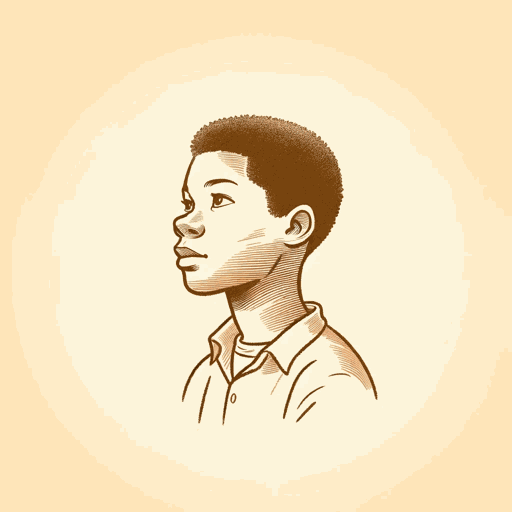
Not Without Laughter
Langston Hughes

Slave on the Block
Langston Hughes
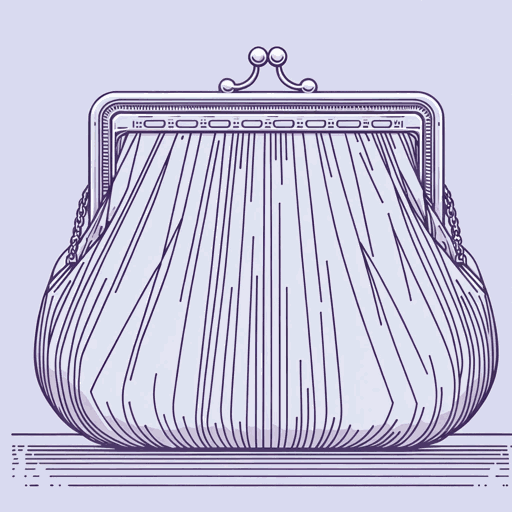
Thank You, M'am
Langston Hughes

The Big Sea
Langston Hughes
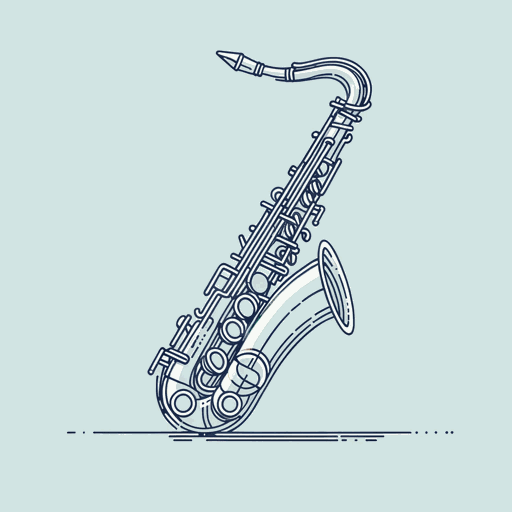
Theme for English B
Langston Hughes
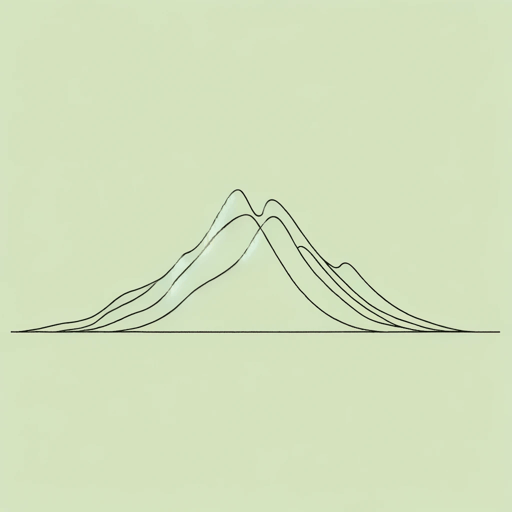
The Negro Artist and the Racial Mountain
Langston Hughes

The Negro Speaks of Rivers
Langston Hughes
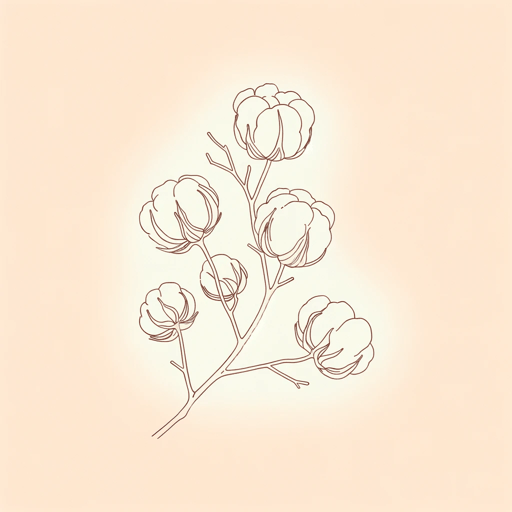
The Ways of White Folks
Langston Hughes
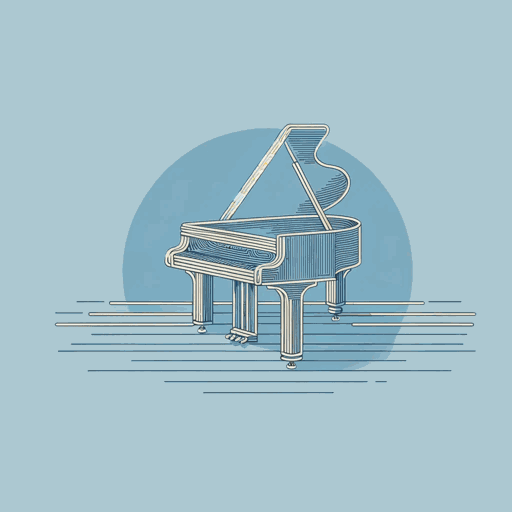
The Weary Blues
Langston Hughes

Tired
Langston Hughes
